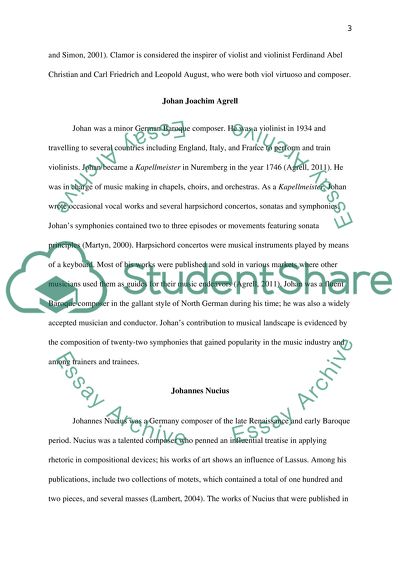Cite this document
(“Baroque Period Research Paper Example | Topics and Well Written Essays - 1250 words”, n.d.)
Retrieved from https://studentshare.org/music/1489191-baroque-period
Retrieved from https://studentshare.org/music/1489191-baroque-period
(Baroque Period Research Paper Example | Topics and Well Written Essays - 1250 Words)
https://studentshare.org/music/1489191-baroque-period.
https://studentshare.org/music/1489191-baroque-period.
“Baroque Period Research Paper Example | Topics and Well Written Essays - 1250 Words”, n.d. https://studentshare.org/music/1489191-baroque-period.


